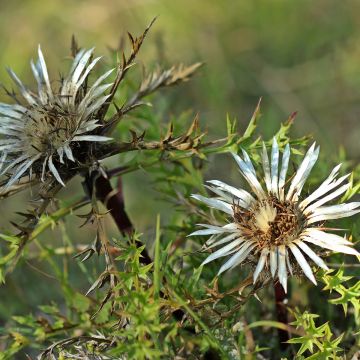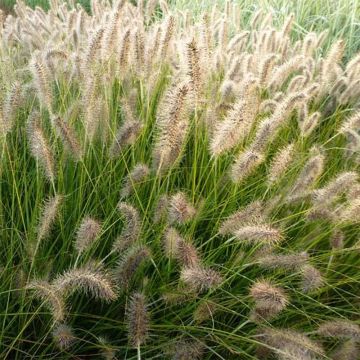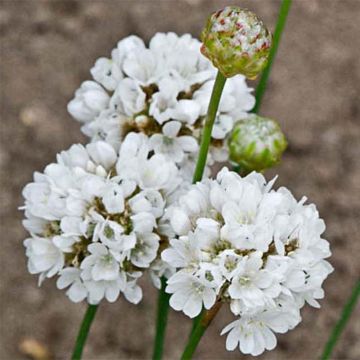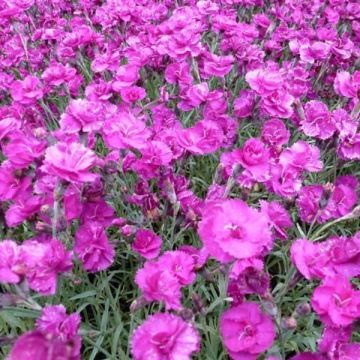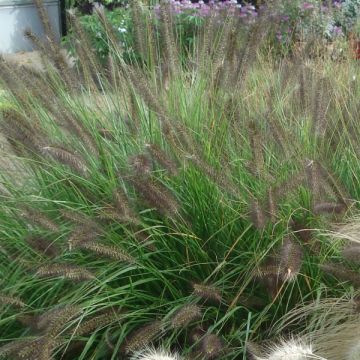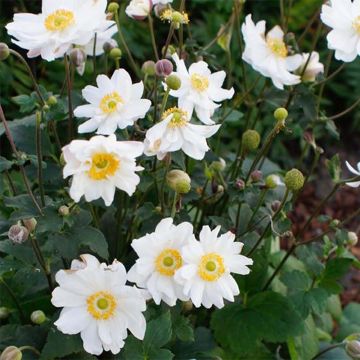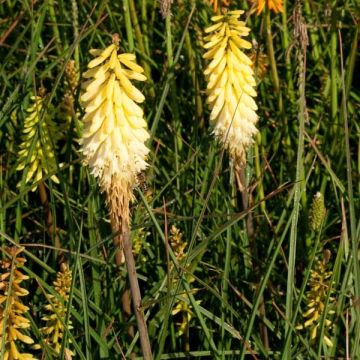

Carlina acaulis subsp. simplex Bronze


Carlina acaulis subsp. simplex Bronze
Carlina acaulis subsp. simplex Bronze
Carlina acaulis subsp. simplex Bronze
Stemless carline thistle, Dwarf carline thistle
Startup in progress, apparently everything is going well
Fabien P., 23/03/2019
Special offer!
Receive a €20 voucher for any order over €90 (excluding delivery costs, credit notes, and plastic-free options)!
1- Add your favorite plants to your cart.
2- Once you have reached €90, confirm your order (you can even choose the delivery date!).
3- As soon as your order is shipped, you will receive an email containing your voucher code, valid for 3 months (90 days).
Your voucher is unique and can only be used once, for any order with a minimum value of €20, excluding delivery costs.
Can be combined with other current offers, non-divisible and non-refundable.
Why not try an alternative variety in stock?
View all →This plant carries a 12 months recovery warranty
More information
We guarantee the quality of our plants for a full growing cycle, and will replace at our expense any plant that fails to recover under normal climatic and planting conditions.
Would this plant suit my garden?
Set up your Plantfit profile →
Description
The stemless Carlina acaulis subsp. simplex bronze, also known as short-stemmed carline or alpine carline, is a rare and beautiful thistle species that forms a large rosette of greyish spiny leaves with bronze highlights. In late spring and through mid-summer, it produces a single head with a rusty disc in its centre, adorned with numerous pink-silver bracts that reflect light like small mirrors. This flower-plant is an 'Art Nouveau' treasure for dry, infertile, rocky lands, and rock gardens. Perfect for dried bouquets.
It belongs to the Asteraceae family and is native to southern and eastern Europe, where it grows on arid mountain slopes. It is an herbaceous perennial plant with a limited lifespan, presenting a rosette habit, reaching 20cm (8in) in height and 50cm (20in) in width. Flowering occurs from May-June to August-September. The plant develops a head per rosette at the end of a short stem, 20 to 40cm (8 to 16in) long, with a diameter of 8 to 10cm (3 to 4in). The head has a rusty disc surrounded by silvery leathery bracts. The head closes when the weather is humid or rainy. The fruit is a villous achene topped with feathery bristles. The semi-evergreen foliage is composed of long spreading glabrous leaves, slightly villous on the underside, sometimes 30cm (12in) long, with deeply cut edges and sharp spines. This plant has a taproot that firmly anchors it in rocky terrains.
Plant the bronze carline in a dry, warm, and sunny location. It requires well-drained, poor soil as its root can rot in wet soil during winter. It prefers limestone soils and loses its compact habit in fertile soils. Remove faded flowers to prevent the plant from being exhausted and potentially dying too early.
This plant pairs beautifully with other rock garden perennials such as blue fescue, Yucca, creeping sedums, wormwoods, or lavender. It creates a unique effect in alpine troughs and other containers. You can take inspiration from nature in your garden by planting it along pathways, at the edge of groves, in light deciduous, coniferous, or mixed woodlands, in dry meadows, or on rocky embankments. It can also be used in dried bouquets. In the past, dried flowers were used as barometers.
Report an error about the product description
Carlina acaulis subsp. simplex Bronze in pictures


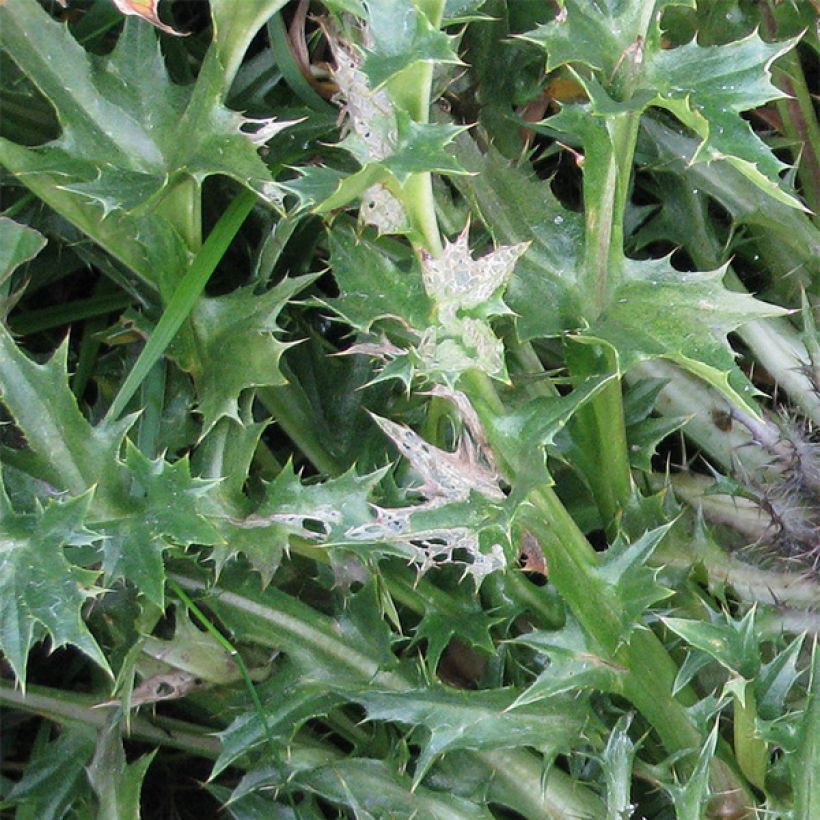

Flowering
Foliage
Plant habit
Botanical data
Carlina
acaulis subsp. simplex
Bronze
Asteraceae
Stemless carline thistle, Dwarf carline thistle
Alps
Planting and care
Plant in a dry, warm and sunny location. It requires perfectly drained, rocky, poor soil, as its root can rot in wet soil during winter. It prefers limestone soils and loses its compact habit in fertile soils. Remove faded flowers to avoid exhausting the plant, which could cause the plant to die prematurely.
Planting period
Intended location
Care
-
, onOrder confirmed
Reply from on Promesse de fleurs
Similar products
Haven't found what you were looking for?
Hardiness is the lowest winter temperature a plant can endure without suffering serious damage or even dying. However, hardiness is affected by location (a sheltered area, such as a patio), protection (winter cover) and soil type (hardiness is improved by well-drained soil).

Photo Sharing Terms & Conditions
In order to encourage gardeners to interact and share their experiences, Promesse de fleurs offers various media enabling content to be uploaded onto its Site - in particular via the ‘Photo sharing’ module.
The User agrees to refrain from:
- Posting any content that is illegal, prejudicial, insulting, racist, inciteful to hatred, revisionist, contrary to public decency, that infringes on privacy or on the privacy rights of third parties, in particular the publicity rights of persons and goods, intellectual property rights, or the right to privacy.
- Submitting content on behalf of a third party;
- Impersonate the identity of a third party and/or publish any personal information about a third party;
In general, the User undertakes to refrain from any unethical behaviour.
All Content (in particular text, comments, files, images, photos, videos, creative works, etc.), which may be subject to property or intellectual property rights, image or other private rights, shall remain the property of the User, subject to the limited rights granted by the terms of the licence granted by Promesse de fleurs as stated below. Users are at liberty to publish or not to publish such Content on the Site, notably via the ‘Photo Sharing’ facility, and accept that this Content shall be made public and freely accessible, notably on the Internet.
Users further acknowledge, undertake to have ,and guarantee that they hold all necessary rights and permissions to publish such material on the Site, in particular with regard to the legislation in force pertaining to any privacy, property, intellectual property, image, or contractual rights, or rights of any other nature. By publishing such Content on the Site, Users acknowledge accepting full liability as publishers of the Content within the meaning of the law, and grant Promesse de fleurs, free of charge, an inclusive, worldwide licence for the said Content for the entire duration of its publication, including all reproduction, representation, up/downloading, displaying, performing, transmission, and storage rights.
Users also grant permission for their name to be linked to the Content and accept that this link may not always be made available.
By engaging in posting material, Users consent to their Content becoming automatically accessible on the Internet, in particular on other sites and/or blogs and/or web pages of the Promesse de fleurs site, including in particular social pages and the Promesse de fleurs catalogue.
Users may secure the removal of entrusted content free of charge by issuing a simple request via our contact form.
The flowering period indicated on our website applies to countries and regions located in USDA zone 8 (France, the United Kingdom, Ireland, the Netherlands, etc.)
It will vary according to where you live:
- In zones 9 to 10 (Italy, Spain, Greece, etc.), flowering will occur about 2 to 4 weeks earlier.
- In zones 6 to 7 (Germany, Poland, Slovenia, and lower mountainous regions), flowering will be delayed by 2 to 3 weeks.
- In zone 5 (Central Europe, Scandinavia), blooming will be delayed by 3 to 5 weeks.
In temperate climates, pruning of spring-flowering shrubs (forsythia, spireas, etc.) should be done just after flowering.
Pruning of summer-flowering shrubs (Indian Lilac, Perovskia, etc.) can be done in winter or spring.
In cold regions as well as with frost-sensitive plants, avoid pruning too early when severe frosts may still occur.
The planting period indicated on our website applies to countries and regions located in USDA zone 8 (France, United Kingdom, Ireland, Netherlands).
It will vary according to where you live:
- In Mediterranean zones (Marseille, Madrid, Milan, etc.), autumn and winter are the best planting periods.
- In continental zones (Strasbourg, Munich, Vienna, etc.), delay planting by 2 to 3 weeks in spring and bring it forward by 2 to 4 weeks in autumn.
- In mountainous regions (the Alps, Pyrenees, Carpathians, etc.), it is best to plant in late spring (May-June) or late summer (August-September).
The harvesting period indicated on our website applies to countries and regions in USDA zone 8 (France, England, Ireland, the Netherlands).
In colder areas (Scandinavia, Poland, Austria...) fruit and vegetable harvests are likely to be delayed by 3-4 weeks.
In warmer areas (Italy, Spain, Greece, etc.), harvesting will probably take place earlier, depending on weather conditions.
The sowing periods indicated on our website apply to countries and regions within USDA Zone 8 (France, UK, Ireland, Netherlands).
In colder areas (Scandinavia, Poland, Austria...), delay any outdoor sowing by 3-4 weeks, or sow under glass.
In warmer climes (Italy, Spain, Greece, etc.), bring outdoor sowing forward by a few weeks.






























